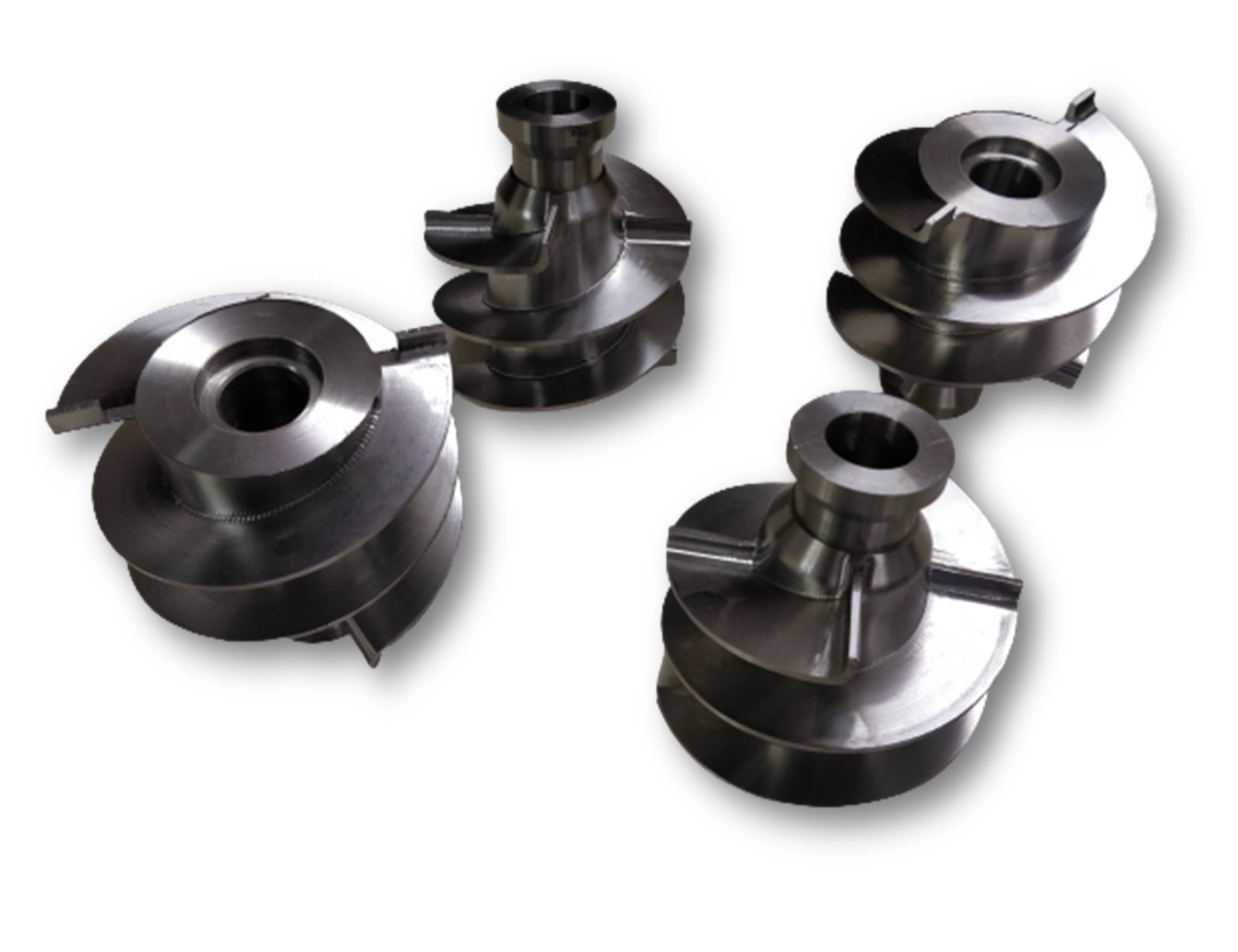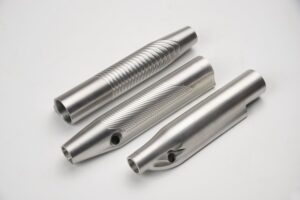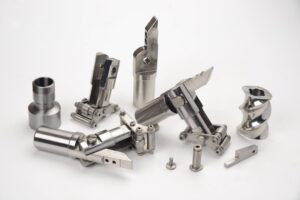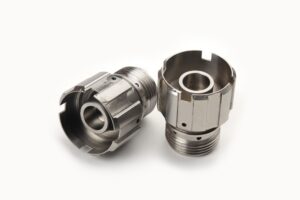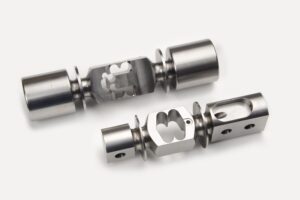Description
Here are key aspects related to machining parts for shipbuilding industries:
- Materials:
Shipbuilding components are often made from a variety of materials, including high-strength steels, aluminum alloys, and other specialized alloys. The material selection depends on factors such as the specific function of the component, structural requirements, and corrosion resistance. - Precision Machining:
Precision is critical in shipbuilding to ensure proper fit, alignment, and functionality. CNC machining is commonly used for precision machining, allowing for tight tolerances and high accuracy. This is crucial for components like propellers, shafts, gears, and engine parts. - Large-Scale Components:
Ships are large and complex structures, requiring machining of large-scale components. This may involve the use of heavy-duty machining equipment and specialized techniques to manufacture structural elements, such as hull sections and bulkheads. - Durability and Corrosion Resistance:
Ship components are exposed to harsh marine environments, including saltwater and other corrosive elements. Machining processes may include surface treatments, coatings, or the use of corrosion-resistant materials to enhance durability and protect against corrosion. - Propulsion System Components:
Ship propulsion systems involve intricate components like propellers, shafts, and engine parts. Machining processes play a crucial role in producing these components with high precision to ensure the efficiency and reliability of the propulsion system. - Complex Geometries:
Ship components often have complex shapes and intricate geometries. Machining techniques, including multi-axis machining and precision milling, are employed to produce components with complex features, such as turbine blades or contoured ship hulls. - Quality Control:
Rigorous quality control measures are implemented throughout the machining process to ensure that shipbuilding components meet strict industry standards. Inspection processes may include dimensional checks, material testing, and non-destructive testing. - Regulatory Compliance:
Shipbuilding must adhere to international maritime regulations and classification society standards. Compliance with these standards ensures the safety, reliability, and seaworthiness of ships. Machining processes must meet or exceed these regulatory requirements. - Customization:
Ship designs can vary significantly based on the type of vessel, its intended use, and customer specifications. Machining allows for the customization of components to fit different ship designs and requirements.
Examples of shipbuilding components that may undergo machining include hull sections, bulkheads, propellers, shafts, engine parts, rudders, and various structural and mechanical elements.
In summary, machining plays a crucial role in the shipbuilding industry, where precision, durability, and compliance with safety and regulatory standards are essential. Advanced machining technologies and stringent quality control measures are employed to meet the specific requirements of the maritime and shipbuilding sectors.





